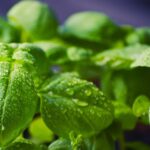We use cookies to make your experience better. To comply with the new e-Privacy directive, we need to ask for your consent to set the cookies. Learn more.
Boost Plants with a Foliar Feed
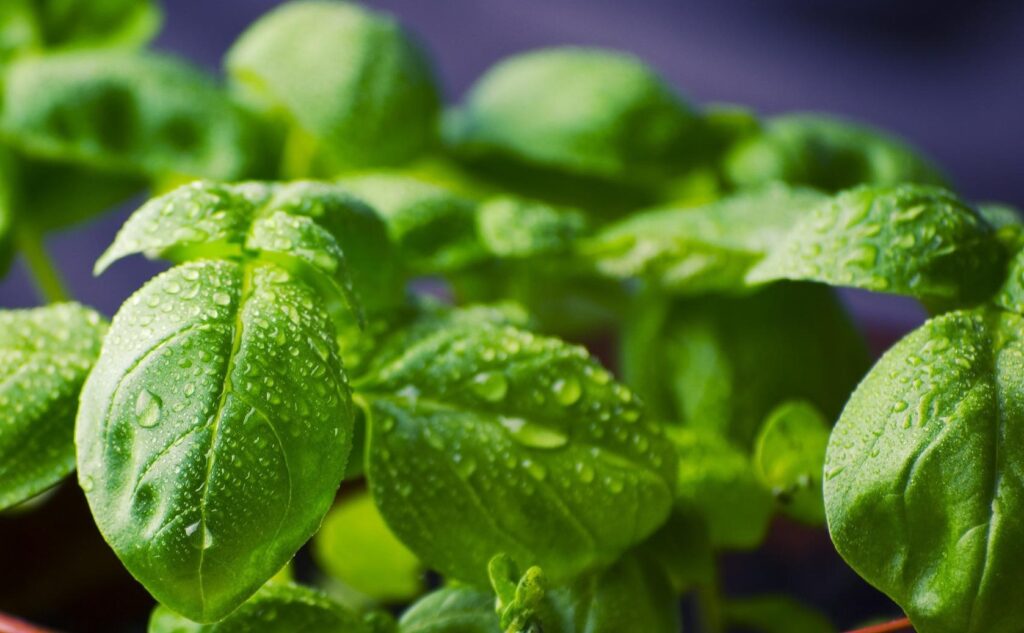
What is Foliar Feeding?
Foliar feeding is the spraying of a liquid fertiliser onto the leaves of the plant rather than into the soil. The plant's leaves then absorb the fertiliser through their stomata and epidermis.
It's important to note foliar feeding should not be used to replace regular soil fertilisation. Supplying a plants major nutritional needs is most effective through soil fertilisation as their leaves would be unable to absorb sufficient quantities. On the other hand, it is a fast way to supply micro-nutrients, such as Boron and Manganese, which the crops only need in small quantities.
If the crops are under stress from drought, pest-attack or disease, it's definitely worth giving them a boost by foliar feeding. An ailing plant can perk up quite visibly after spraying with liquid seaweed, OPF or Vinasse.
The most popular general organic foliar feed is Seaweed Extract, as it is high in trace elements and it also contains natural growth stimulants. Research has shown that applications of Seaweed Extract make plants less susceptible to pests and diseases, including the dreaded potato and tomato blight. The reasons for this aren't completely understood, but it seems likely that it not only makes the plant stronger, but the micro-organisms in the solution compete with the spores and bacteria that cause disease.
Benefits of Foliar Feeding:
- Improves plant health and development when nutrient uptake from the root system is suppressed or delayed.
- Alleviates physiological stress after or before exposure of the plant to unfavourable weather events.
- Supplements nutrient supplies during critical peak demand periods.
- Can be invaluable if growing cold-tolerant crops that start growing when soil temperatures are low e.g. overwintered spinach or garlic/onions. Nitrogen held in the soil is difficult for plants to take up until soil temperatures rise above 10°C. Liquid fertilizers provide a boost until the soil warms up.
- It is a fast way to supply micro-nutrients, such as Boron and Manganese.
Foliar Feed Application
Don't make your foliar feed too strong as there's a risk of scorching the leaves when salts in the solution are left on the leaf surface. Read the instructions first, as dilution rates vary between products. Spray the whole plant, and make sure you cover both the upper and lower surface of leaves. Higher spray volumes result in more uniform coverage and more effective foliar feeding.
Foliar feeds are best applied late in the evening or early in the morning, dew or high humidity will help with absorption. Never apply during the warmest period of the day, during hot weather or to wilted plants. Foliar sprays dry too quickly at high temperatures thus reducing the absorption of nutrients.
Research has indicated that water droplet size is not important as far as absorption of the nutrients is concerned. On the whole, though, heavier drops slide off leaves more easily, so, if you have a choice, a finer spray or mister is better.
Plants that have a thick or waxy cuticle will not absorb as much of the foliar spray as those with softer leaves. Therefore it is best to apply it to young developing leaves which have thin cuticles and are more efficient at foliar uptake. The leaves of vegetables in the greenhouse are also softer, therefore they can absorb the foliar feeds better.
Avoid overhead irrigation until the spray has dried, and do not to spray just before rain, as extra water will dilute the solution and wash some of it away
Different types of Liquid Fertilisers
Liquid NPK fertilisers
Vinasse is a by-product of the sugar industry, made through fermentation of molasses. Vinasse liquid can be taken up by plant foliage immediately because the Nitrogen is available in Protein form. The proteins together with the sugar residues have the additional effect of stimulating the micro-organisms in the soil. It is very effective where plants show signs of nutrient deficiencies like stunted growth or yellow leaves. The natural combination of Nitrogen and Potash - N(4.5) - K(6) - (together with trace elements and small amounts of Phosphate, Sulphur and Magnesium) is ideal for all plants which require high Potash levels.
OPF (Organic plant food) The organic base of OPF consists of plant based raw materials with high levels of natural sugars. Specific fermentation processes upgrade the organic materials to an excellent fertilizer. Natural vegetable raw materials have low amounts of salt, reducing the risk of root- and leaf burn damage. The high content of trace elements and sugars supports a healthy soil life and provides healthy and stable plant growth. The amino acids in OPF originate from plants and are therefore easy to absorb, even at low temperatures. OPF is a natural product and contains no preservatives. Available forms - 4:2:8, 7:2:3, 5:2:2
Liquid Seaweed for trace elements
Liquid seaweed enables plants to make more efficient use of nutrients, leading to improved yield, taste and colour - and increased resistance to pests and diseases, drought and marginal frosts. Concentrated liquid seaweed extract is made from seaweed (Ascophyllum nodosum) freshly harvested off the Irish Atlantic coast. Seaweed extract increases the strength and health of seedlings and plants. Regular use has a cumulative effect on your garden. Liquid seaweed is great nourishment for plants but is different from most N P K fertilizer treatments. In fact seaweed only contains a little K – potassium. But it has many other minerals, vitamins, and enzymes that are natural growth stimulants. Many of these are not found elsewhere. These nutrients fuel the plant cells’ growth, and this results in healthier, stronger, and more disease-resistant plants.
Biostimulants (feed and protect)
Biostimulants encourage the plant to defend itself from pests and diseases. When absorbed after watering or spraying the active elements in biostimulant products will both increase the plants resistance and develop a defence system. This is a self-induced system - thus a natural weapon against attacks by aggressors, like fungal diseases and pests. The growth of the plants is stimulated and the plants will be stronger and healthier. A Biostimulant is systemic and moves within the vascular tissues of the plant.
At Fruit Hill Farm we have range of products made from a highly concentrated blend of herbal extracts in a water base that can be used to strengthen plants and increase resistance to pests and diseases. They are environmentally friendly, break down in the soil and leave no residues behind.
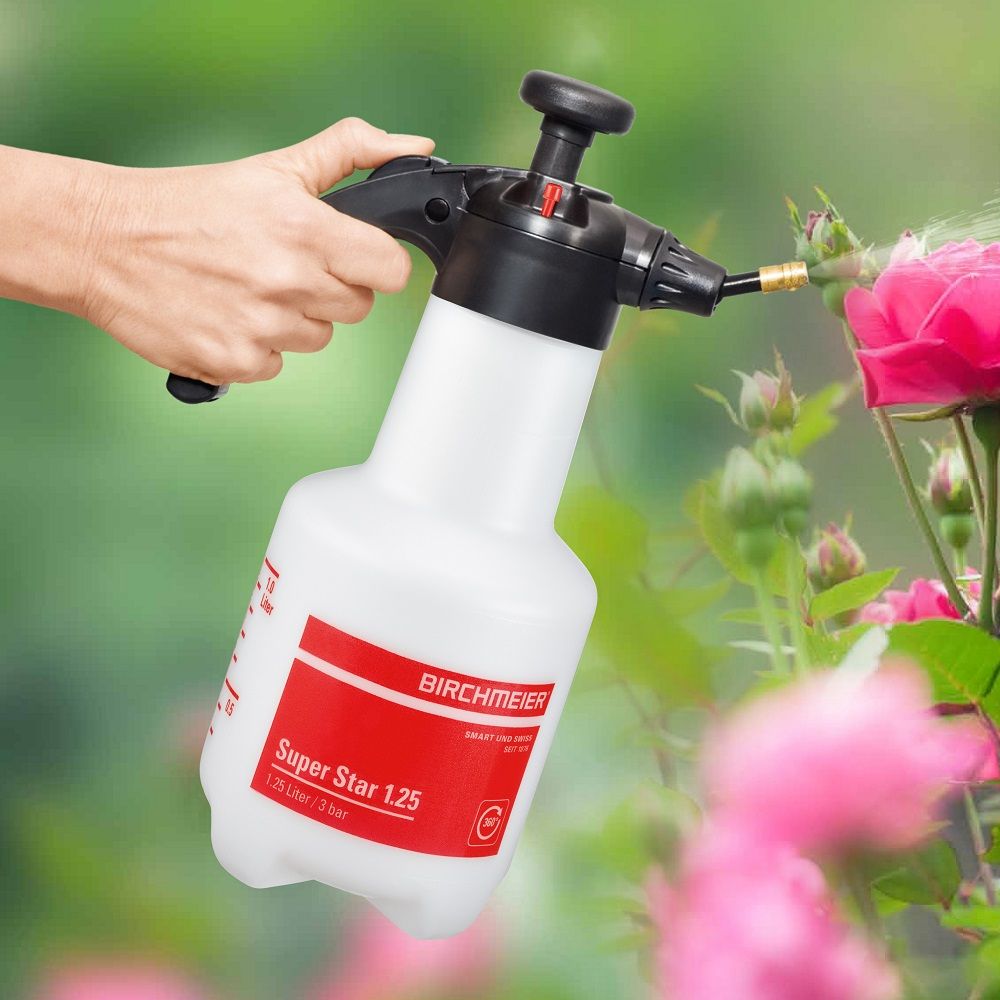
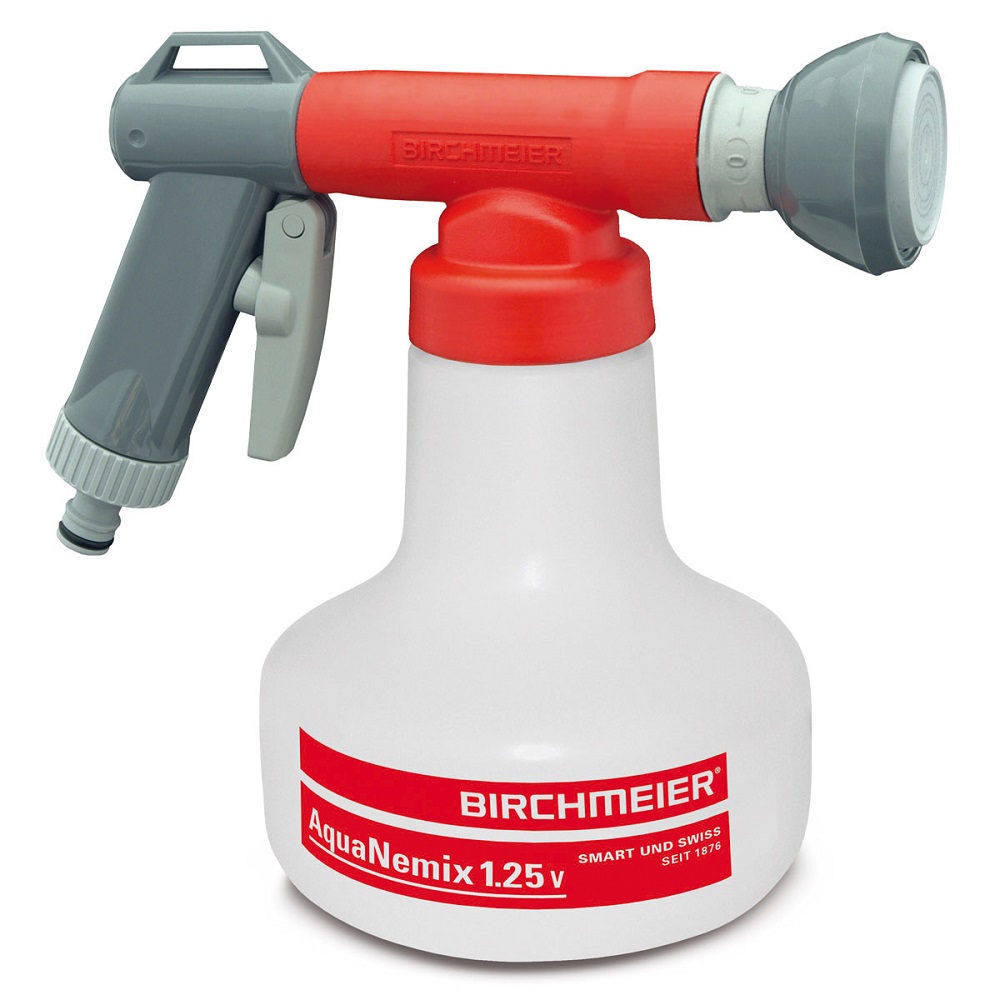
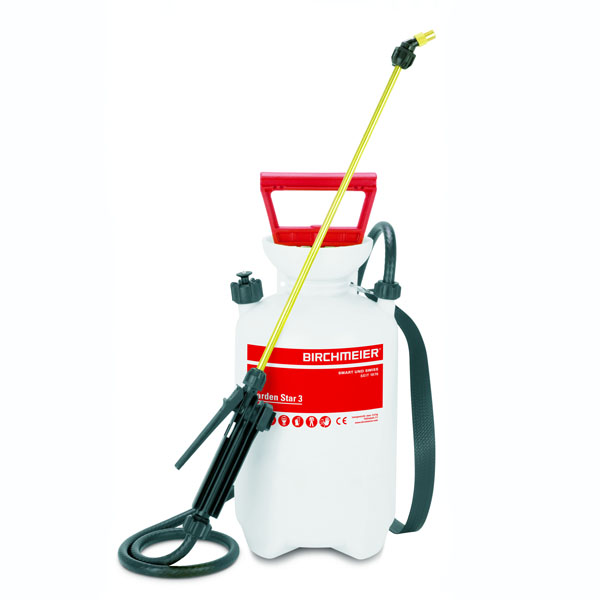
For foliar feeding you will need a sprayer. Look for one that is high quality, easy to fill and easy to clean. It should come with a range of spraying options from fine - coarse to give you greater control. You could also consider a mixing sprayer which can be attached to a hose-pipe which will automatically adds liquid fertiliser to the water in the chosen dosage.
Find our full selection of watering and spraying equipment here.

